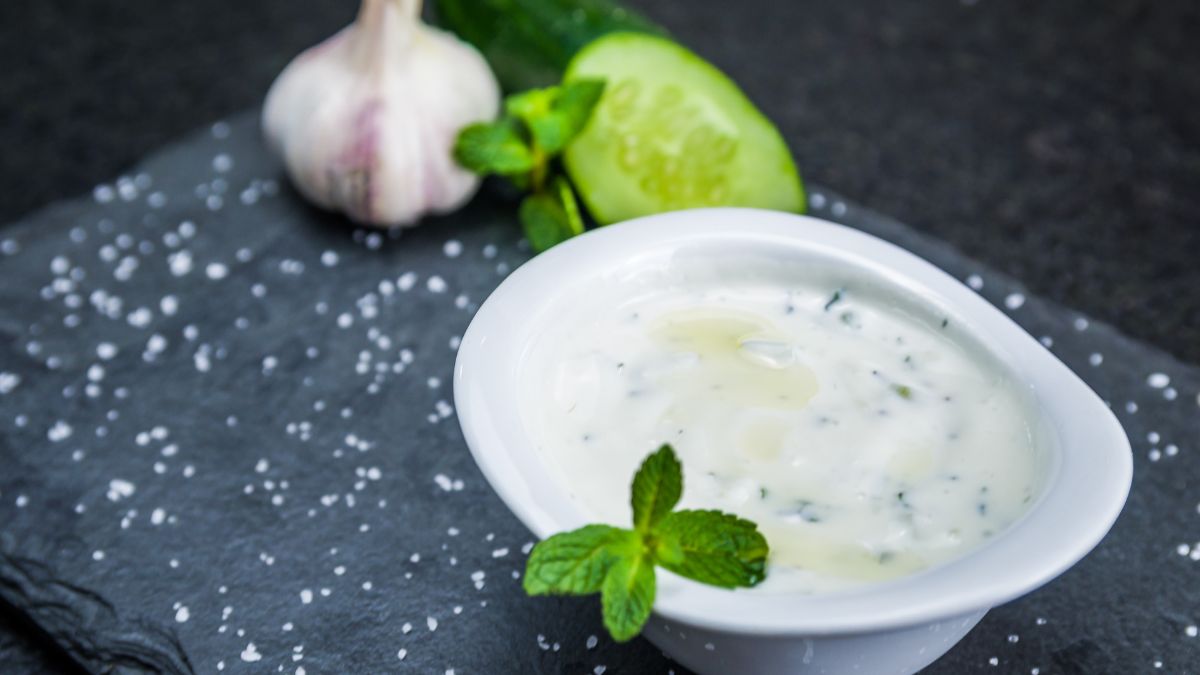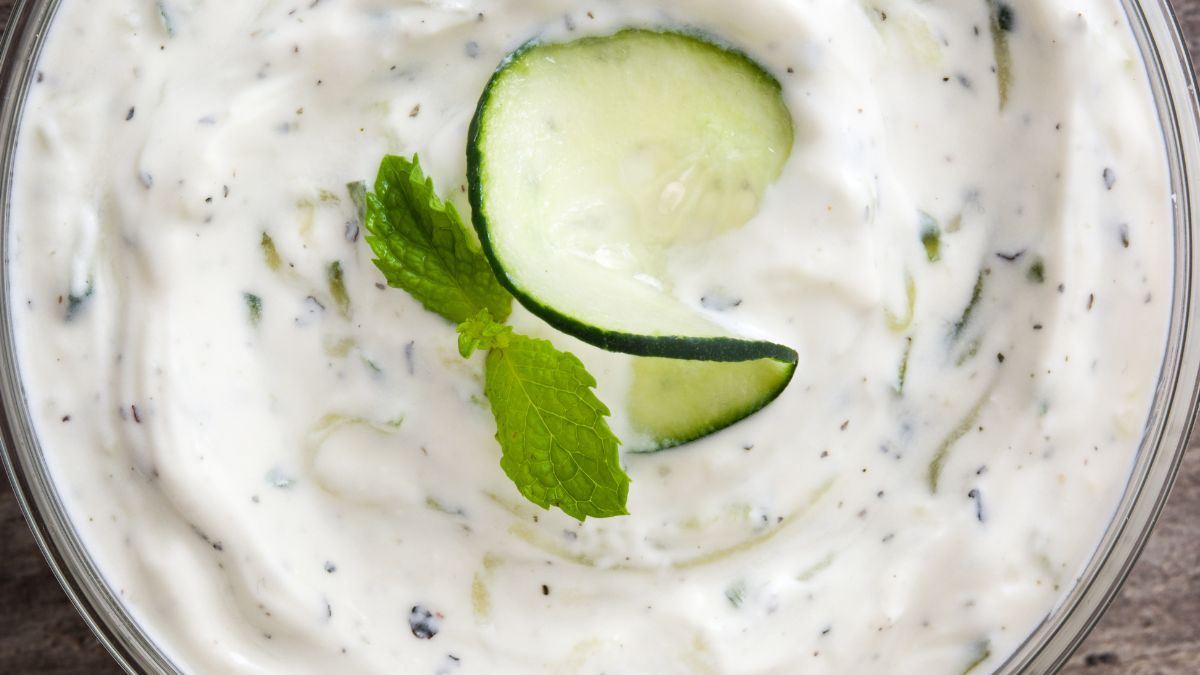8 Perfect Dill Substitutes for Tzatziki that Will Elevate Flavors

Dill has a super special flavor profile you can recognize anywhere. This aromatic herb is a signature ingredient of the Greek specialty – tzatziki. Besides dill, Greek yogurt, fresh cucumber, lemon juice, garlic, and olive oil are what this sauce is made of. Having a licorice, grassy, and citrusy taste with anise and menthol undertones puts dill in the top position of my favorite herbs to round up a dish. But having options in everything is unmatchable, so here are 8 substitutes for dill in tzatziki!
Mint is a top-notch substitute for dill in tzatziki with its cool and fresh notes. What is more, Mediterranean herbs are all perfect matches for tzatziki – basil, parsley, oregano, lemon grass, and many more!
I like to adapt the flavor of my favorite salad to pair with the main course. When eating fish or red meat, I go all-in with citrusy flavors, but for veggies, I like it sweeter. Read more to get some great ideas for a new relish!
Mint
Mint is the best substitute for dill, hands down! This is probably subjective, as it‘s my whole time favorite herb, but still. I always use fresh mint because of the cool sensation it leaves behind.
A chilly aftertaste smashes the pungent taste of garlic, which makes them pair finely. Overall, mint will add up to the final Mediterranean taste, perfect to serve with any meal – from meat to veggies, especially in summer!
Basil

Once again, I fancy fresh over dry basil any time! It will spice the tzatziki up, though slightly. It’s interesting that basil and garlic have the same aromatic notes – sweetness and pungentness.
It has a peppery flavor and will intensify the taste, so don’t add too much, as it can take over the flavor. What’s more, basil pairs flawlessly with cashew-based yogurt, which is not tangy at all, so it makes a nice contrast. It’s an amazing vegan option, no doubt!
Parsley
Parsley is the star among herbs, originating from the Mediterranean, but super popular in the whole world. It has a rather strong flavor, so it will round up the flavor very nicely. It adds freshness as it has a citrusy base note, along with a touch of bitterness.
This bitterness is not overwhelming, though, but pretty subtle and won’t take over the final taste. It is a bit more peppery than basil, with a slightly earthy tone, but lemon in the sauce doesn’t allow those flavors to overpower, nevertheless, and it makes the perfect concoction! You can also combine it with dill to create a special tzatziki like in this video!
Cilantro
Cilantro is parsley’s twin brother! You can describe the taste more than similar, but there are solely lemony ones instead of citrusy notes. Cilantro leaves come from the coriander plant, that’s why it is almost equivalent to notes of clove and nutmeg in parsley.
It is more powerful than parsley, and some people describe the taste as soapy. If you haven’t tried this combo yet, I recommend starting with parsley first to get used to the flavor gradually. I like to grate a bit of fresh ginger in tzatziki when garnishing with cilantro, as its warm, spicy, and fiery taste kicks up the flavors!
Rosemary
The taste of rosemary can be only described as unique. It is a fusion of many aromas which, surprisingly, taste majestic. You can love or hate the rosemary flavor, but there is no between!
It starts with a woodsy tone and ends with notes of citrus, lavender, and pine. The base notes are peppery, minty, with a hint of sage. This list means that rosemary is not a delicate herb, but strong and always noticeable.
I like the way it wonderfully marries with chicken or shrimp gyros, for example, if you want to keep the Greek vibes to the maximum. You can also pair it with lamb, pork, steak, or any fish, though. Rosemary tzatziki will give both freshness and earthiness to the meal, especially if you pour it over the meat.
Tarragon

This bright green herb has a licorice note as its main aroma, but it’s toned down. On the other side, it is pungent and bitter, so that’s why it leaves a bittersweet trace on the palate. It is far from overpowering because of lemon and garlic.
Tarragon tzatziki is fresh and springy and will turn a simple salad into a high-end elegant dish. I love to eat it as a dip with pita bread and carrots, but you can fancy things up and serve it with artichokes, fava beans, or asparagus. When it comes to meat – veal and rabbit meat have no competition!
Lemongrass
If you love loads of lemony flavor in food, lemongrass is the best herb for your tzatziki. It has a mild lemony aroma with floral and minty notes. Besides, you can feel a touch of ginger which makes the taste very complex and layered.
It isn’t sour at all, just fresh, light, citrusy, and grassy. Lemongrass tzatziki will enhance chicken flavors in gyros (my fav if anyone wondered ☺). Also, it goes nicely served with fish, especially freshwater ones which taste mild.
Oregano
Oregano is definitely my least favorite herb, but my family likes it for some reason. ☺ It has a powerful taste – spicy, sweet, and sour. The reason why it blends in tzatziki so well is the lemon – it soothes the citric acid and balances out all the flavors.
Though not my favorite, I must admit, it goes nicely with the freshness of tzatziki.
